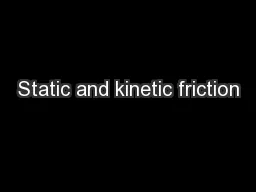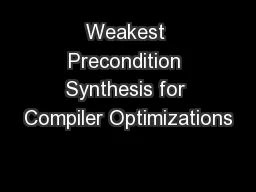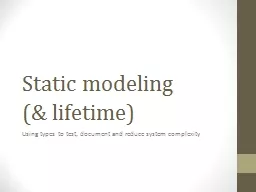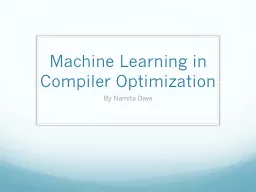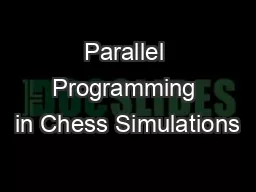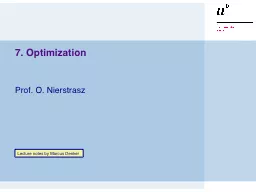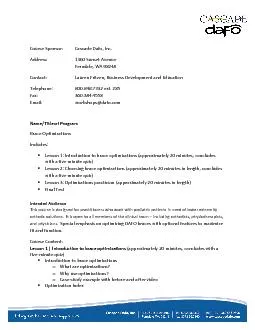PPT-Static Optimizations
Author : briana-ranney | Published Date : 2017-07-01
aka the complier Dr Mark Brehob EECS 470 Announcements Milestone 2 due t oday 1 page memo dont spend more than 30 minutes sum of everyone on it Not graded Meet
Presentation Embed Code
Download Presentation
Download Presentation The PPT/PDF document "Static Optimizations" is the property of its rightful owner. Permission is granted to download and print the materials on this website for personal, non-commercial use only, and to display it on your personal computer provided you do not modify the materials and that you retain all copyright notices contained in the materials. By downloading content from our website, you accept the terms of this agreement.
Static Optimizations: Transcript
Download Rules Of Document
"Static Optimizations"The content belongs to its owner. You may download and print it for personal use, without modification, and keep all copyright notices. By downloading, you agree to these terms.
Related Documents




